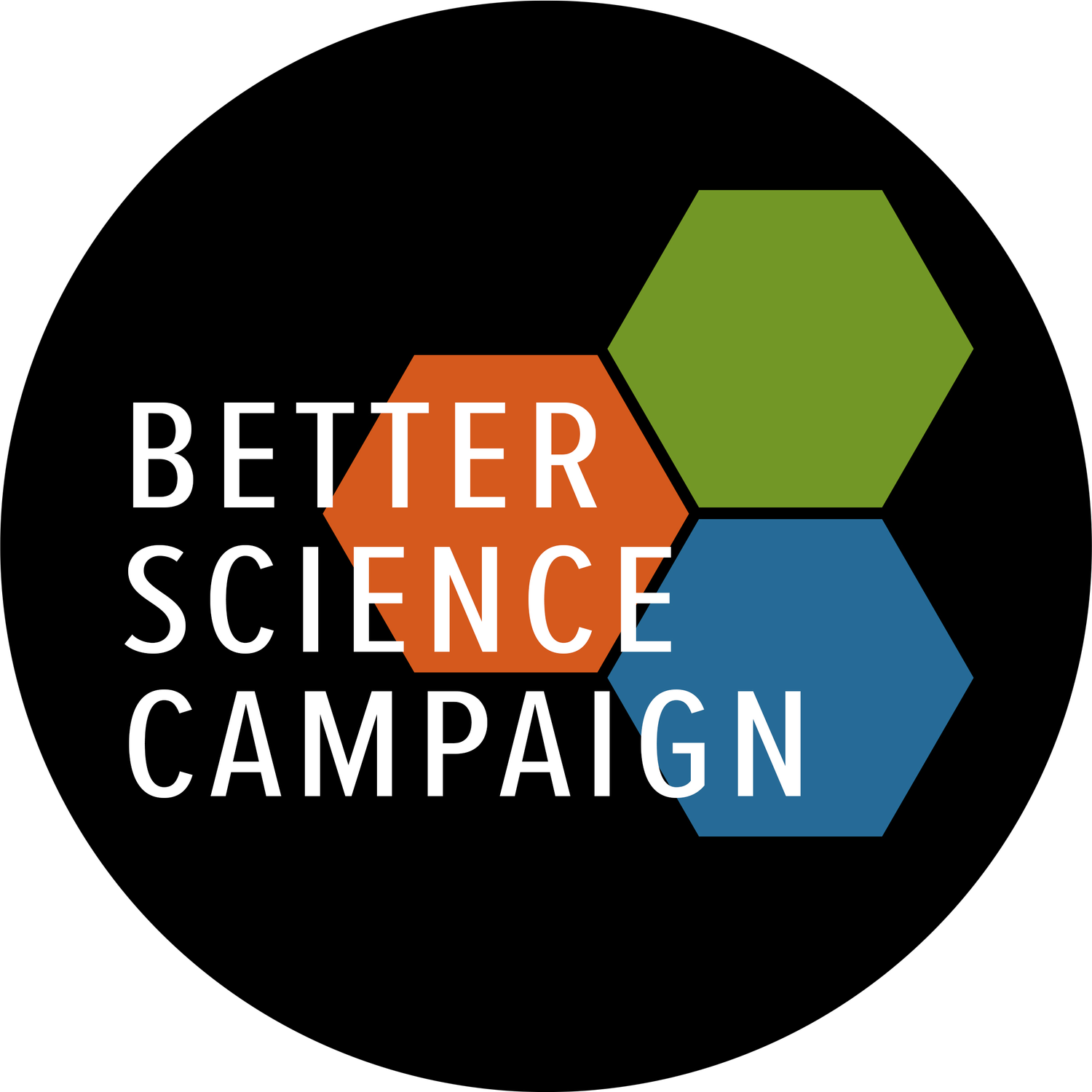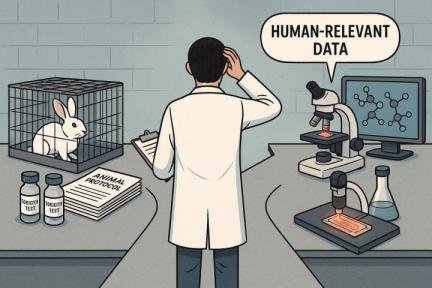BSC May Newsletter
The Better Science Campaign (BSC), is a 501(c)(3) nonprofit organization dedicated to advancing a scientific paradigm that benefits all and protects the vulnerable.
BSC promotes ethical alternatives to animal testing, focusing on collaboration with researchers willing to transition to humane practices. Unlike some groups, we avoid confrontational tactics and emphasize respectful dialogue. Our mission is to work with ethical scientists to eliminate cruel and wasteful animal experiments, prioritizing methods that respect all sentient beings and improve human health. Currently, our efforts are focused on the University of California, Berkeley.
Progress or Premature Celebration? FDA and EPA Announce Animal Testing Shifts.
By Kim Krueger
Board Member of the Better Science Campaign
The Food and Drug Administration (FDA) and the Environmental Protection Agency (EPA) both recently made announcements that could suggest a potential turning point in the long-running campaign to end animal testing in government-regulated research. While headlines speak of phase-outs and bold new directions, it’s worth taking a closer look at what’s really being promised—and how much remains uncertain.
On April 10, the FDA unveiled a pilot program to support the use of non-animal testing strategies in specific areas of drug development, including monoclonal antibody treatments. FDA Commissioner Dr. Martin Makary called the plan a "win-win" for ethics and public health, describing it as part of a broader push to modernize drug evaluation while reducing animal use. The agency also indicated it would streamline reviews for applications supported by strong non-animal data.
This is a welcome move from an agency historically cautious about replacing animal models. Still, the pilot program is limited in scope and does not mandate change across the board. For now, traditional animal testing remains the default in most drug approval pathways.
Meanwhile, the newly appointed EPA Administrator, Lee Zeldin, recommitted to a previously stated goal of ending animal testing at the agency by 2035. Zeldin has positioned this as part of a broader budget-cutting strategy, including reducing funding for diversity and environmental justice initiatives. While his support for phasing out animal tests aligns with our goals, the motivations and lack of enforcement mechanisms raise concerns. Past EPA efforts to reduce animal use have stumbled due to logistical and scientific roadblocks, and critics fear this shift may be driven more by cost-cutting than a genuine commitment to humane, evidence-based reform.
Recent Development: NIH Joins the Shift
Just weeks after these announcements, the National Institutes of Health (NIH) made headlines of its own. On April 29, 2025, NIH launched a sweeping new initiative to prioritize human-based research and reduce dependence on animal models.
At the heart of this effort is the formation of the Office of Research Innovation, Validation, and Application (ORIVA), which will coordinate funding, training, and regulatory pathways to advance non-animal technologies across the agency’s biomedical research portfolio. These include organoids, computational modeling, tissue chips, and other human-relevant methods.
This move has been welcomed by scientists and advocates alike. The Physicians Committee for Responsible Medicine hailed it as a “significant step forward” for both human health and animal welfare. It also aligns NIH with broader changes at the FDA and EPA, suggesting a growing consensus within the federal government that the future of science lies in better, more human-relevant research tools.
Still, declarations are not the same as transformation. Pilot programs are not policy shifts, and long-standing scientific inertia won’t dissolve overnight. As advocates for humane, effective research, we should be cautiously optimistic. These announcements mark real momentum—but vigilance, advocacy, and scientific leadership will be needed to turn momentum into meaningful change.
Better Data, Better Ethics
Reimagining Alternatives to Animal Testing
Review of a Johns Hopkins Magazine article (read the full piece here)
A recent article in Johns Hopkins Magazine highlights promising developments in the effort to move away from animal testing. Advances in artificial intelligence and organoid technology are opening new doors—offering faster, cheaper, and more human-relevant tools for research.
As the article notes, the use of animals in biomedical research remains widespread. One study estimated that nearly 80 million animals were used in scientific procedures in 2015—a 37% increase from a decade earlier. Yet despite record levels of investment in drug development, 95% of drugs that pass animal tests ultimately fail in human trials, according to a 2021 Nature review.
Dr. Thomas Hartung, a toxicologist and director of the Johns Hopkins Center for Alternatives to Animal Testing, is among those pushing for change. He’s been a long-time advocate for “better science—and more options.”
There are, in fact, better options. For instance, computer models can now predict whether chemicals in a potential drug are likely to be toxic to humans—something that would take years using animal tests, and still might not translate to human safety. “Organs-on-chips,” built using human stem cells, can replicate key aspects of human biology without relying on animal bodies.
In 1996, Hartung developed an in vitro version of the pyrogen test, which detects whether a product contains toxins that cause fever. Traditionally, this test was done by injecting substances into rabbits. Hartung’s cell-based alternative was officially approved in 2006—but even after approval, many labs continued using rabbits. It’s a sobering reminder of how slow change can be in science.
Non-animal methods are often more accurate, more cost-effective, and far more humane. So why haven’t they replaced animal testing? Part of the answer lies in inertia: scientists are trained to use animals, and the system rewards familiarity. Journals expect animal data. Grant funders often require it. Peer reviewers ask for it. And as one former researcher bluntly put it, “It’s just easier to order rats from a catalog than to invest in unfamiliar new tools.”
But things are changing—and articles like this one show that the shift toward better science is already underway.



